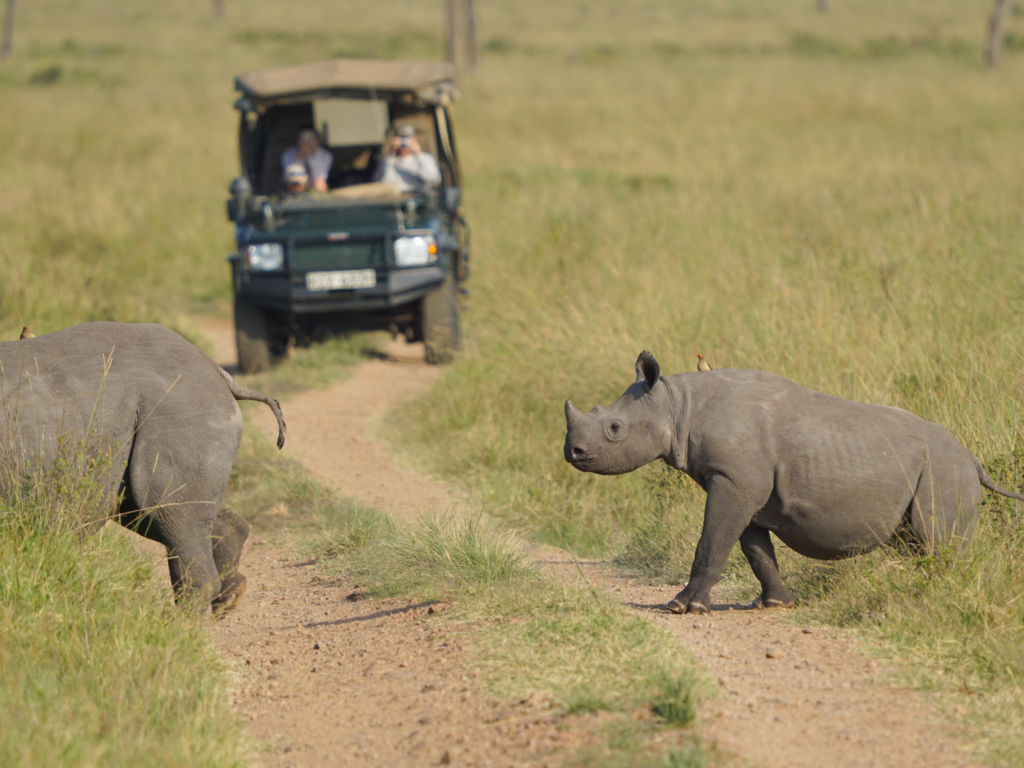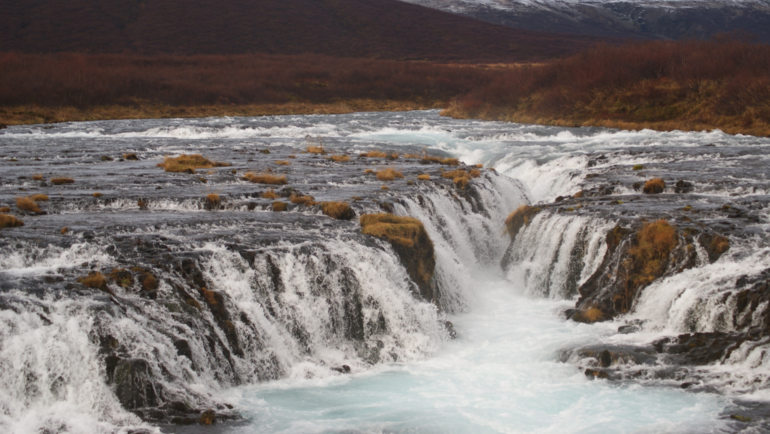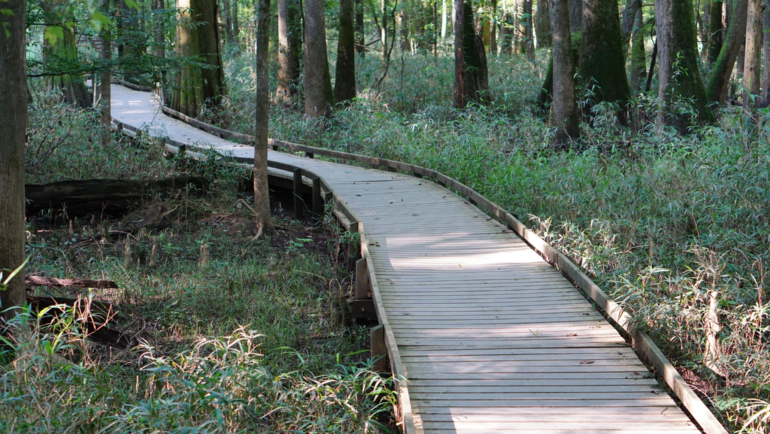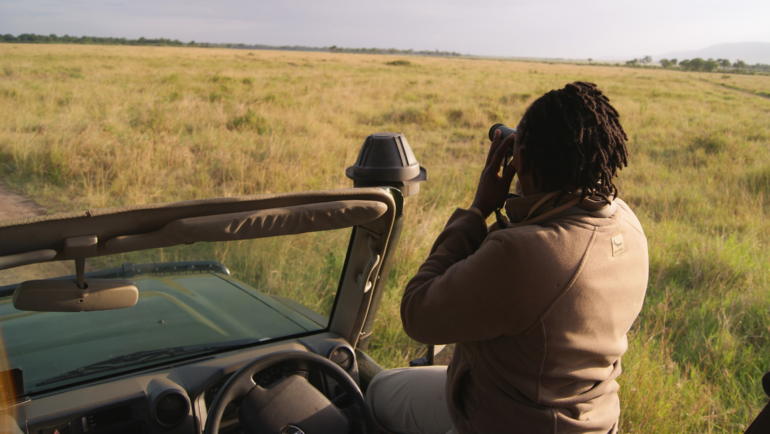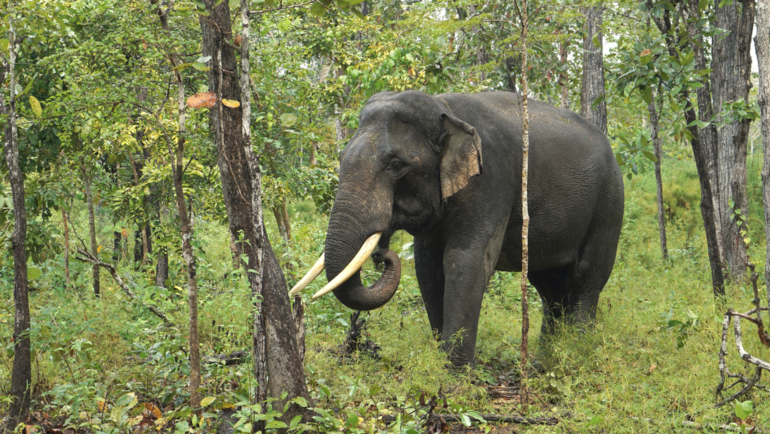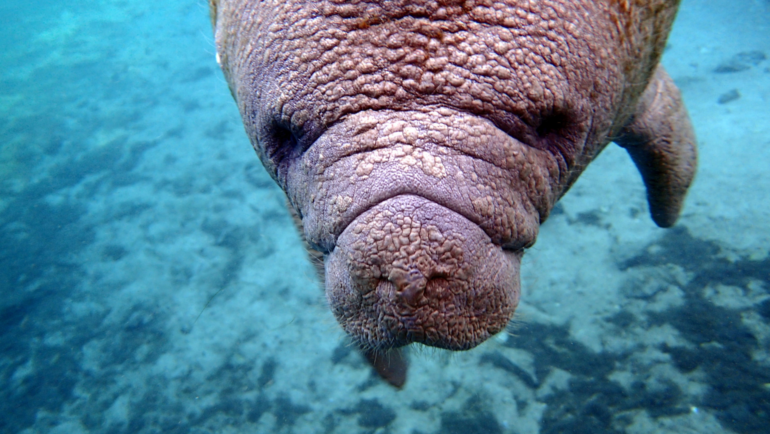When picturing an African safari most would imagine a scene of vast open grasslands dotted with wildlife for as far as the eye can see. Kenya’s Masai Mara National Reserve and Tanzania’s Serengeti National Park are the reality of this imagination. These ecosystems sport one of the highest densities of wildlife anywhere in the world. The Masai Mara National Reserve alone is 563 square miles (1,510 square miles) of breathtaking vistas and thriving habitat for Africa’s most beloved species. Known widely for the great migration of wildebeest, the Mara is far more than an iconic wildlife parade. Under a closer look, the Masai Mara is home to some unique and unusual animals often overshadowed by its famous lion prides and elephant herds. Let’s get to know five of these special species that call this space home:
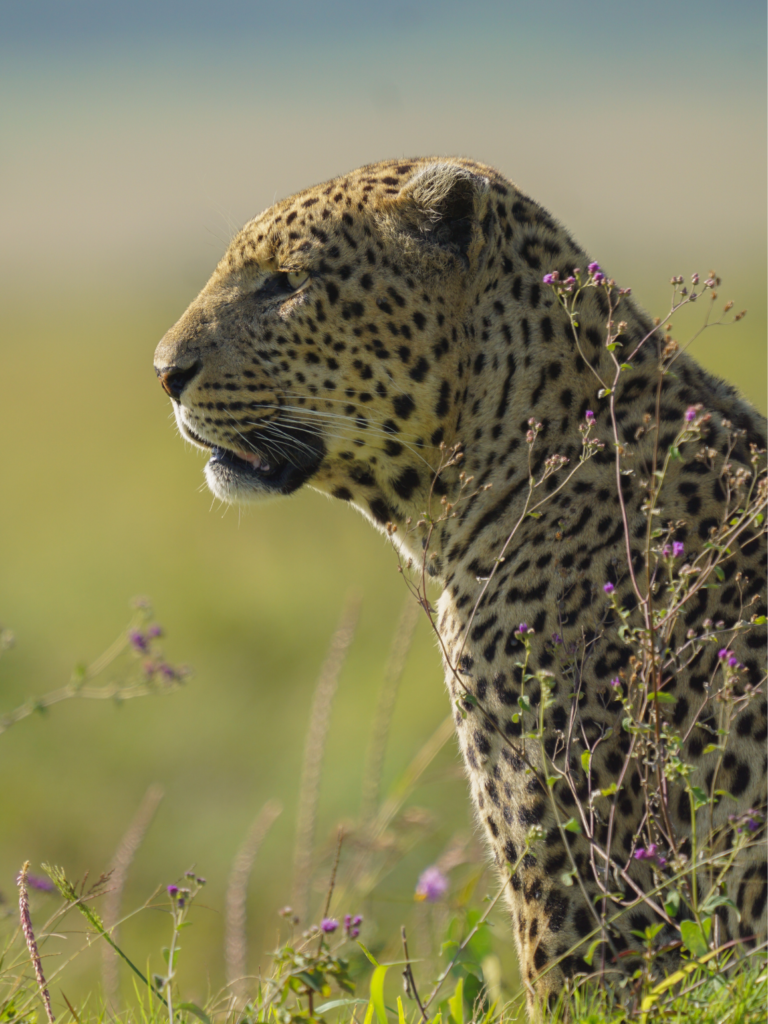
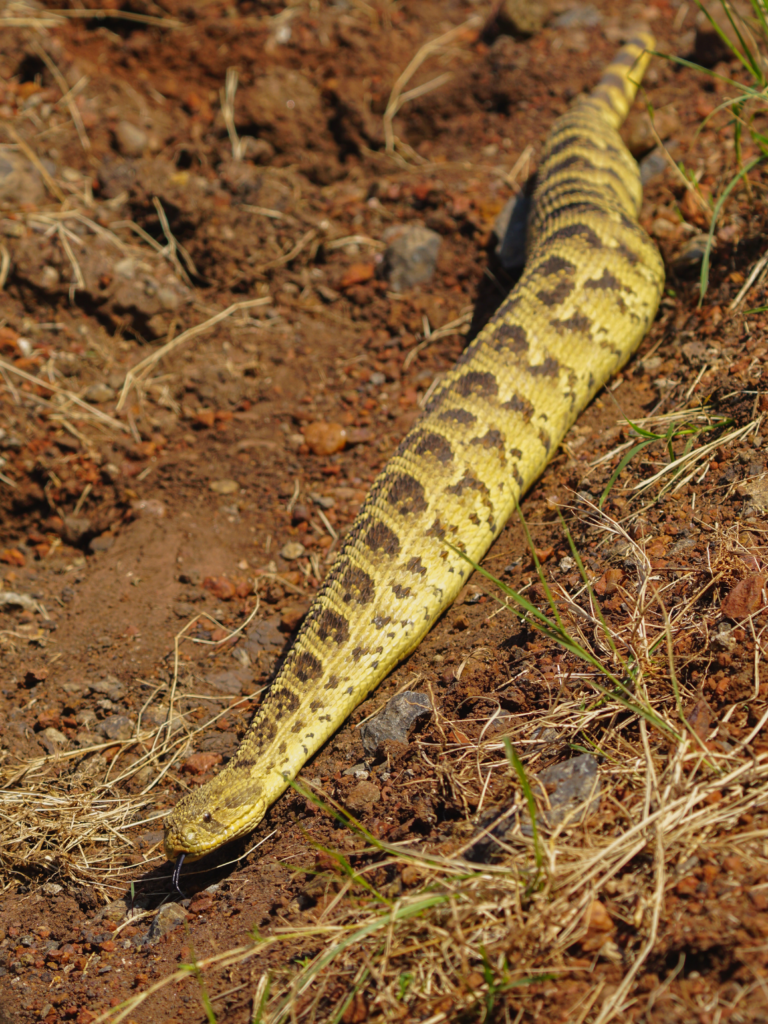
Leopard
Easily one of the most requested animals by safari guests, leopard sightings are a prized moment for any Masai Mara visitor. They move about the grasslands largely unnoticed, preferring to often remain out of sight within the shadow of the thicket. Because of this secretive existence, leopards are not traditionally considered a staple species of the Mara. But this does not mean that exceptional sightings are impossible. Researchers estimate there to be roughly 30 resident leopards in the reserve. This number is considered a healthy population for the ecosystem, given the lack of tree cover for their hunting practices. During our time in the Masai Mara National Reserve, we were granted two sightings of the same iconic male leopard. This individual is considered a legend of the Mara and is affectionately known as Shepard. Named for once frequenting an acacia tree with a distinct Shepard’s hook-shaped limb. This mature male is known to proudly patrol his massive territory. Researchers have noted his home range to expand over 60 square miles (156 square kilometers), that’s nearly three times the size of most male leopards. Our original sighting of Shepard was during a sunrise game drive with Lorna behind the wheel, her determination brought us the incredible sight of this dominant male scanning his home in the morning light. Our second sighting was closer to dusk, where he was hunting mongoose in the thick grass. Regulars of the Mara have noted his hunting practices shifting with age. As he grows older, Shepard is spending less and less time in trees and is instead specializing in smaller prey. Seeing this iconic leopard move with such confidence through the Mara was our honor.
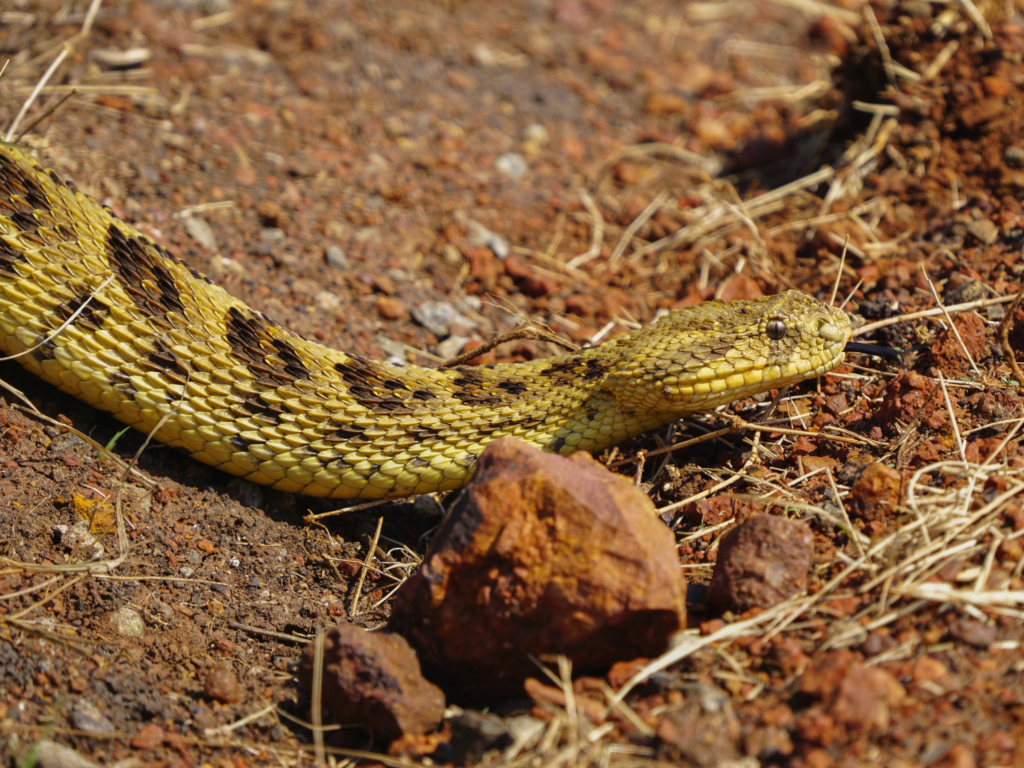
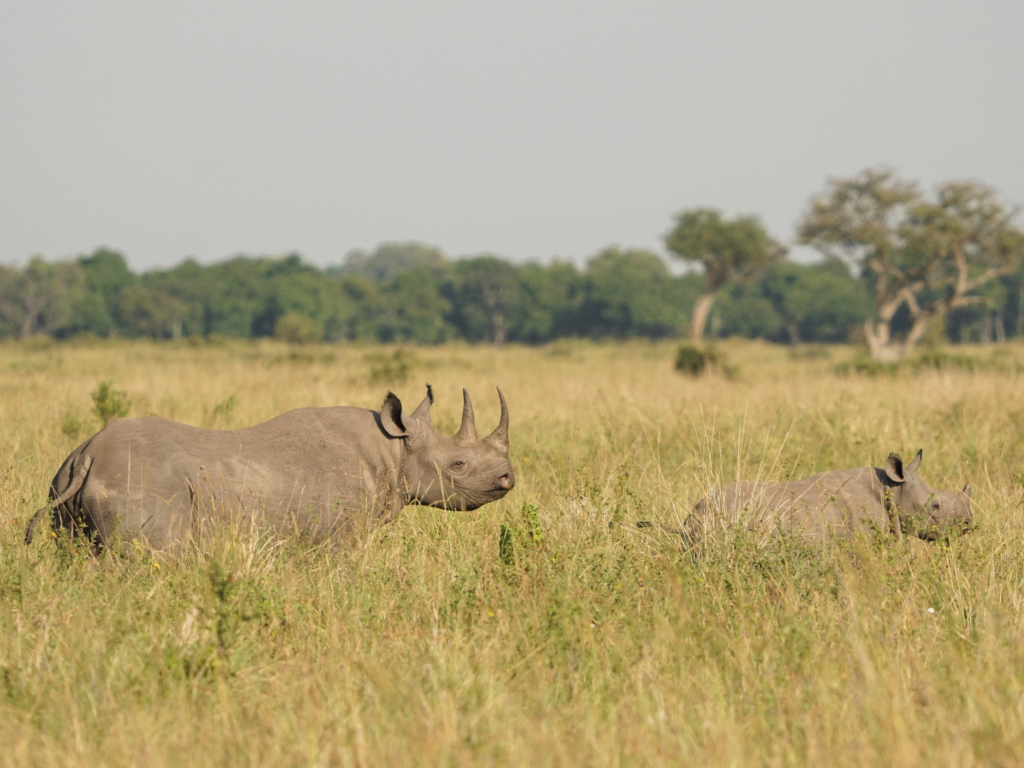
Puff Adder
Snake sightings on safari are relatively uncommon considering their ability to disappear into the landscape. These incredible reptiles are certainly a unique addition to any game drive, especially on the vast open plains of the Masai Mara. Puff adders are heavy-bodied snakes known for their excellent camouflage. This species is found throughout much of Africa and is known as an ambush predator. They patiently wait, coiled up, for their prey to come within striking range. Typically hunting at night, they dine on a variety of small mammals, birds, lizards, and amphibians – honestly, anything bite-size that enters their space makes for a great meal. Puff adders are named for the “puffing-up” of their bodies and hissing when they are threatened. While not widely associated with safaris, if you keep your eyes peeled you might just have a lucky snake sighting yourself.
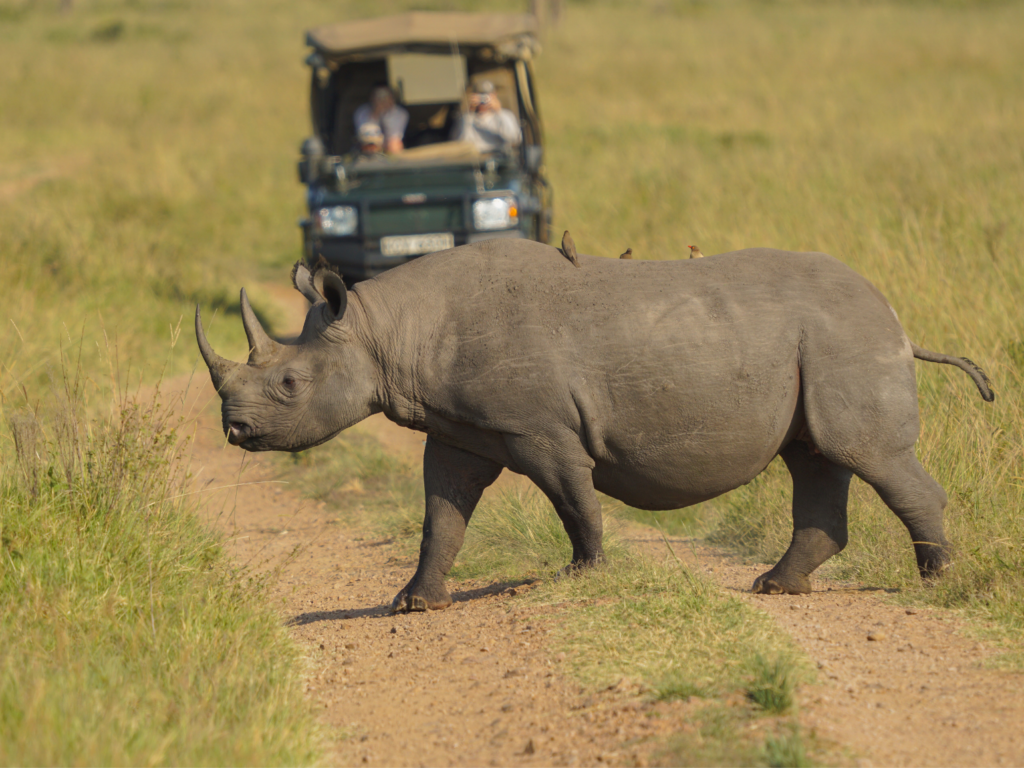
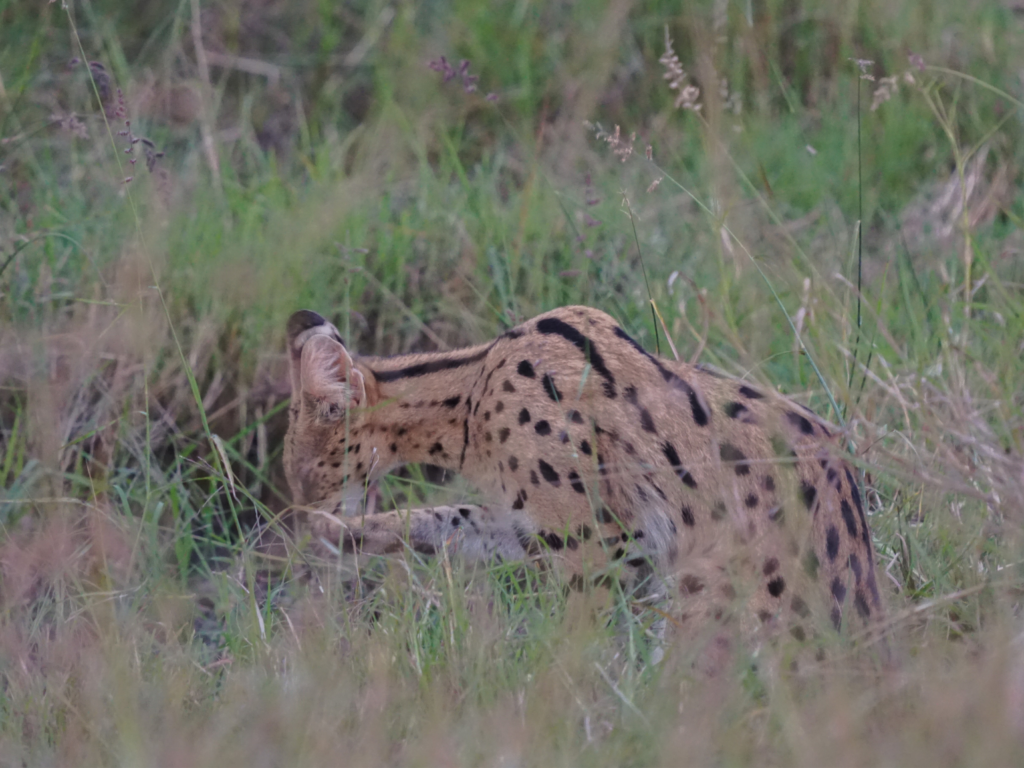
Black Rhino
This critically endangered species is quite a special sight on the Masai Mara plains. Of the two African rhino species, black rhinos are notoriously secretive. Considering their taste for shrubs and woody plant life, they are often concealed out of view in the underbrush. With only 35 to 50 individual black rhinos in the Masai Mara National Reserve, the odds are stacked against most safari-goers. But this limited number is in fact cause for celebration, considering it is a dramatic increase over the past four decades. The Masai Mara is one of few protected areas black rhino populations are bouncing back. Many consider this habitat to have the potential to support one of the largest black rhino populations in Africa, given the size of the reserve. This population increase has been largely due to improved surveillance, monitoring, and protection of the few precious individuals. I am thrilled to have had the great fortune of seeing not only a black rhino but a healthy mother and her boisterous calf! Black rhino calves will typically stay with their mothers for 2 to 4 years as they grow and mature. Seeing members of this growing population of critically endangered species was a highlight I do not take for granted.
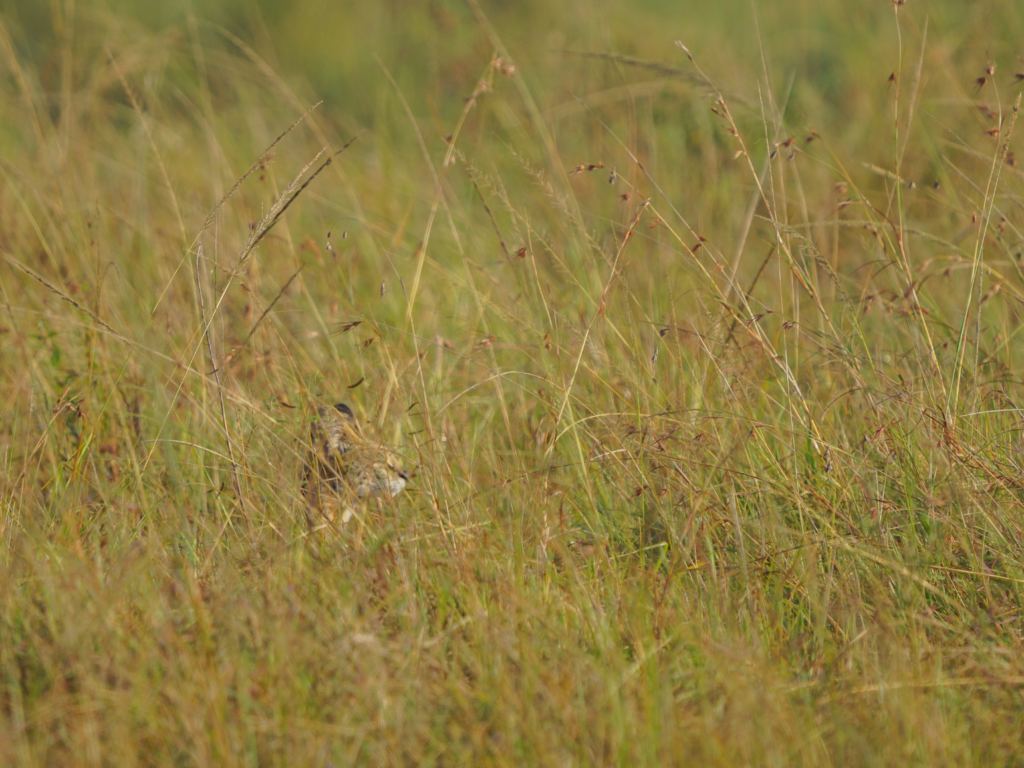
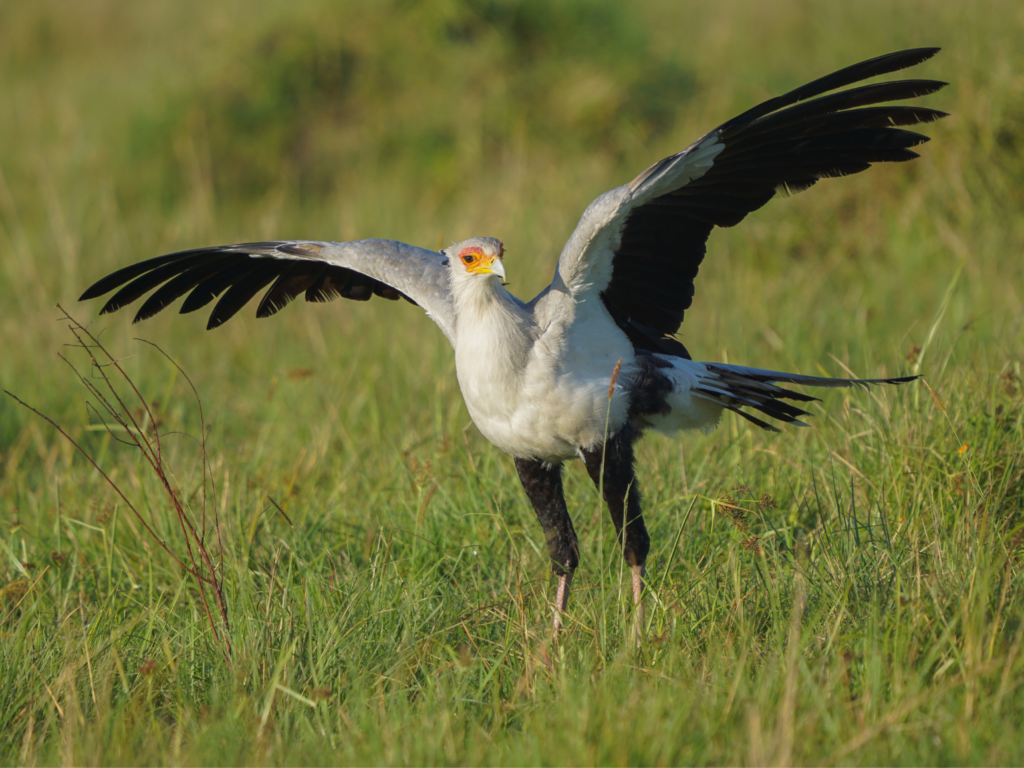
Serval
The Mara is famous for its prides of lions and sleek cheetahs that stalk the grasslands. But there is an often-overlooked smaller spotted cat, the serval. Weighing only about 40 pounds (18 kilograms), servals are commonly mistaken for baby cheetahs with their similarly spotted coats. A species in their own respect, servals specialize in catching much of their prey from the air. In fact, these skilled leapers can launch more than 9 feet (2.7meters) straight up to grab a bird flying by. Even with this skilled adaptation, serval still enjoy a diverse diet of small unsuspecting prey. In the Masai Mara National Reserve servals are a challenge to see in the tall grasses, going about almost unnoticed. For safari-goers, their best chances of seeing a serval cat are during dawn or dusk. These crepuscular hunters prefer to avoid the heat of the day. Just be sure to keep your eyes glued to the grasses for any signs of spots.
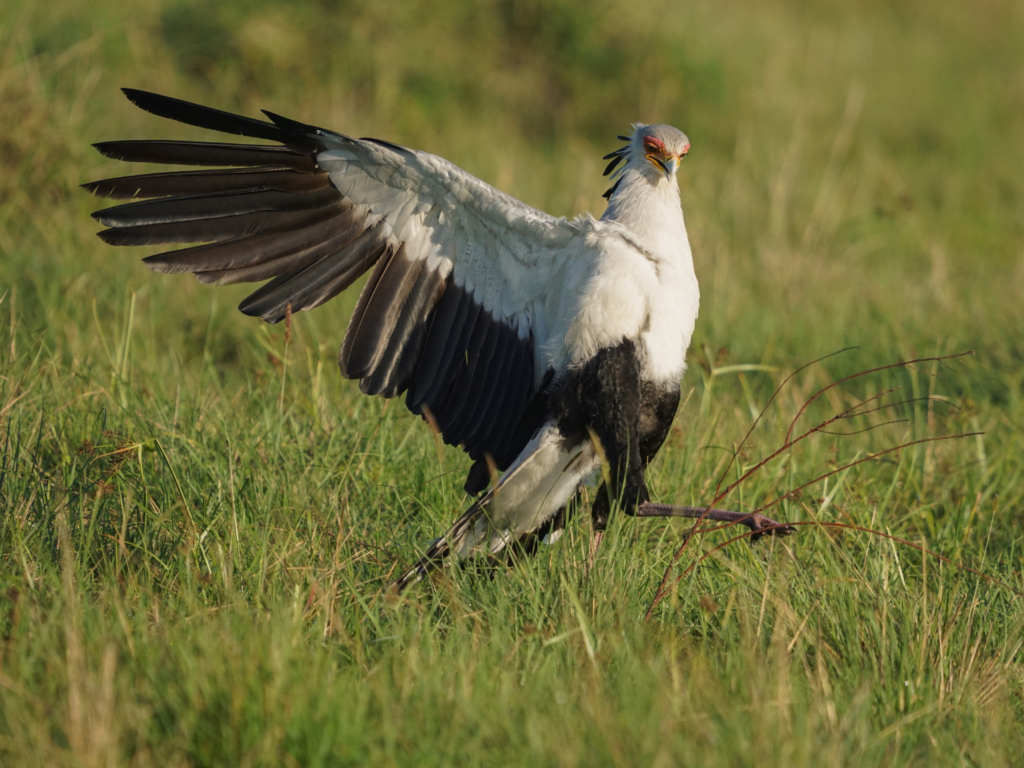
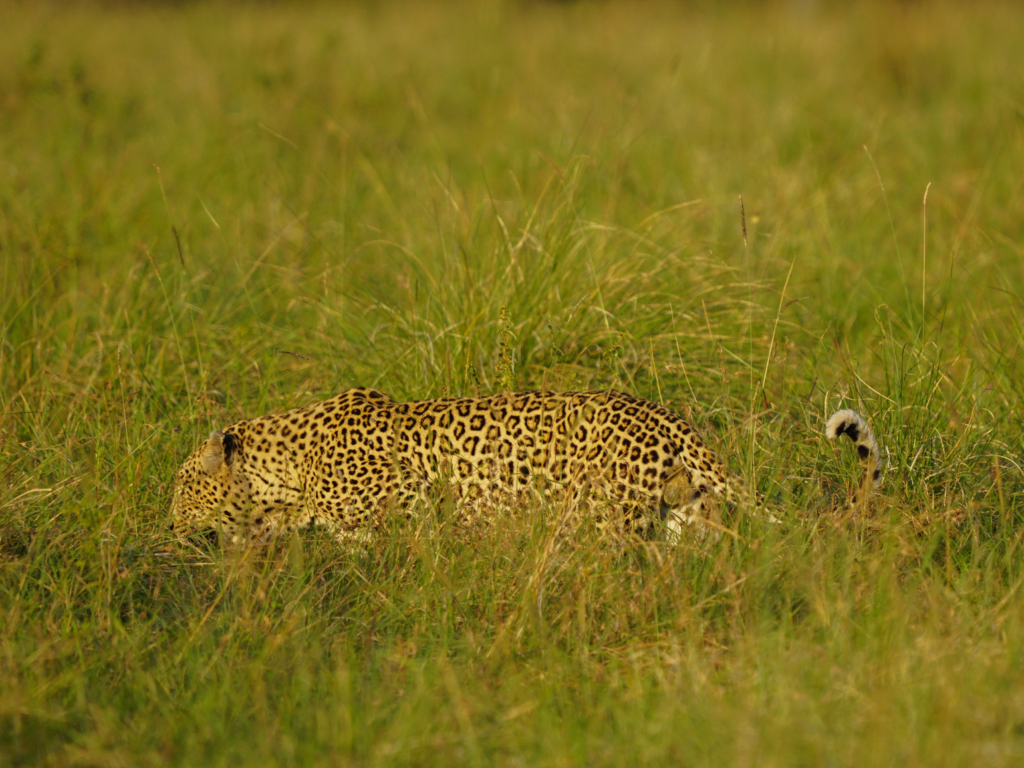
Secretary Bird
Ostriches aren’t the only long-legged birds of the Masai Mara. Secretary birds put their supermodel legs to good use, in hunting. But rather than grabbing their meals with their feet, like other birds of prey, they simply strike and devour. These clever predators are known for striking their prey with their feet, stomping wildly before swallowing it whole. Secretary birds will search for food from sunup to sundown and have been known to walk more than 20 miles in a day. They will typically work in pairs or family groups, stalking the grasses for small mammals, snakes, lizards, other birds, and even large insects. After hunting all day, they will fly up into trees to roost for the night, safe from predators. Spotting a pair of secretary birds hunting within their territory is a unique sighting, especially if you catch a successful strike!
